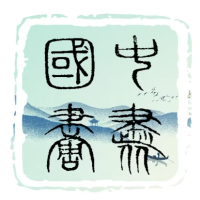许麟庐,丙辰九月十九生(1916年10月19日),山东烟台蓬莱人,字德麟。幼习书法,善行草,章法谨严,气韵生动,笔势奔放,自成一格。
Xu Linlu, born on the nineteenth day of the ninth month in the year of Bingchen, hailing from Penglai, Yantai, Shandong, styled Delin. From a young age, he practiced calligraphy, excelling in running script. His compositions were meticulous in structure, lively in spirit, and dynamic in stroke, forming a unique style.
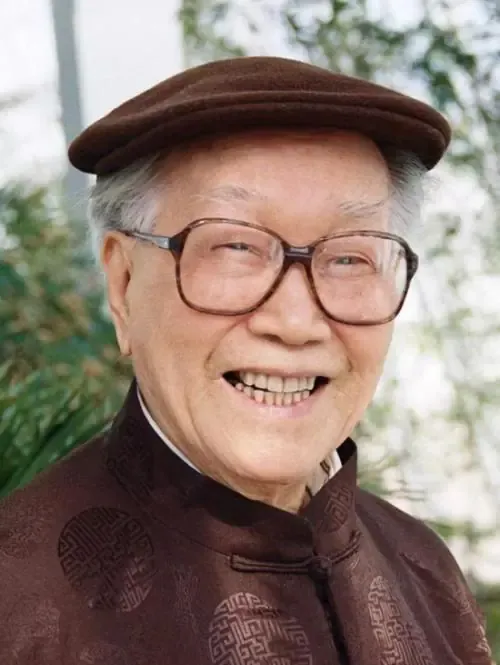
年二十三,与溥心畲忘年为交,蒙指点,才情尽露。乙酉(1945年),经李苦禅引,拜齐白石为师,十三载相伴,研墨理纸,耳濡目染,得齐派真谛。师生情深,三日不见,怅然若失。
At the age of twenty-three, he formed a cross-generational friendship with the artist Pu Xinyu, under whose guidance his talent flourished. In the year of Yiyou, introduced by the master painter Li Kuchan, he became a disciple of Qi Baishi. For thirteen years, they were inseparable, grinding ink and handling paper together. Through constant exposure, he fully grasped the essence of Qi's art. The bond between master and disciple was profound; three days apart left them yearning for each other's presence.
许麟庐之艺,兼北方浑厚雄强、朴实有力,又具灵动潇洒。其画浑厚朴实,力透纸背,气势恢宏,一气呵成,行云流水,独具风韵。齐白石融工笔与写意,许麟庐则简笔鸟兽,精于草虫。白石之热情色彩、民间修养,集中显现于许麟庐。其墨笔花木、泥娃娃,色彩鲜艳,章法异于白石。
晚年许麟庐,艺臻化境,以草书入画,风格近青藤。草书虽不及徐渭狂放,然流畅潇洒,笔势轻盈,自成一体,行笔迅捷,自由抒情,如草书然。
Xu Linlu's art embodies the robust and powerful, yet simple and strong characteristics of the North, combined with a dynamic and graceful style. His paintings are thick and simple, with strokes penetrating the paper, exuding a grand northern spirit. They are executed in one continuous flow, like clouds and flowing water, creating a unique charm. Qi Baishi fused meticulous and freehand styles, whereas Xu Linlu often used simple strokes for birds, animals, and insects, excelling in them. Qi's passionate use of color and natural folk art influences are prominently reflected in Xu Linlu's works, which include ink-painted flora and folk figurines with vibrant colors, and their structure and composition differ from Qi's.
In his later years, Xu Linlu's art reached its zenith, incorporating cursive script techniques into his paintings, aligning his style more closely with that of the Qingteng school. Although his cursive script lacked the wildness of Xu Wei, it was fluid and elegant, with light strokes that formed his unique freehand painting style. His strokes were swift, free, and expressive, akin to cursive calligraphy.

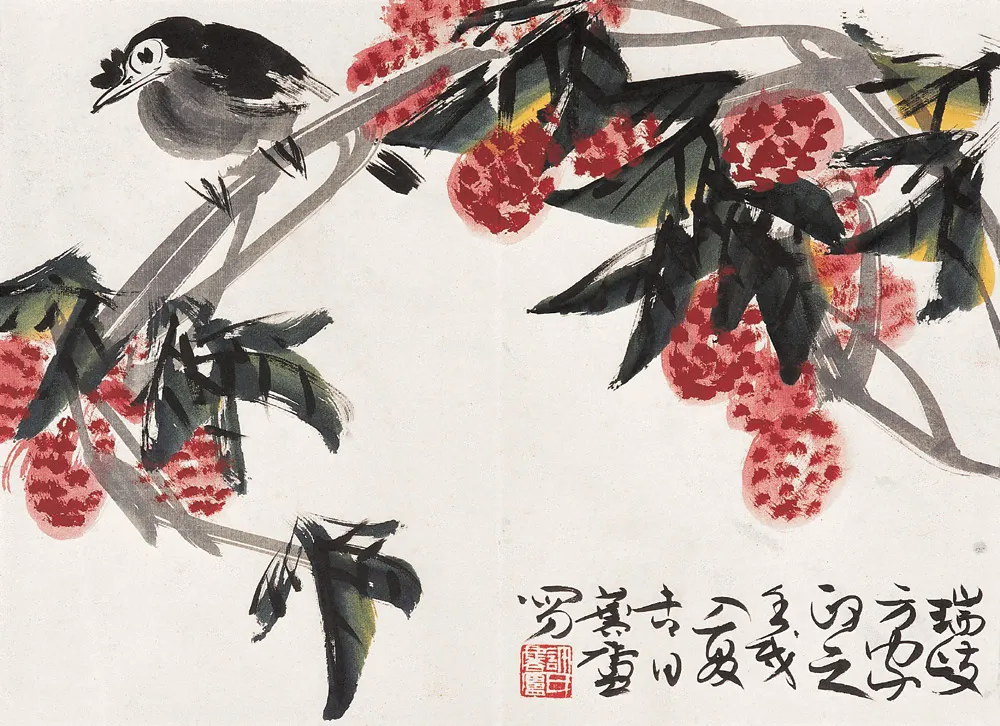
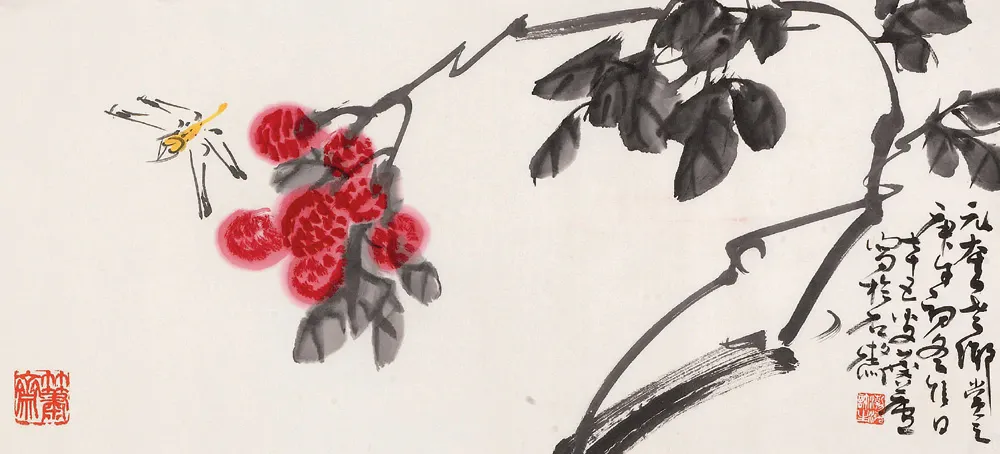

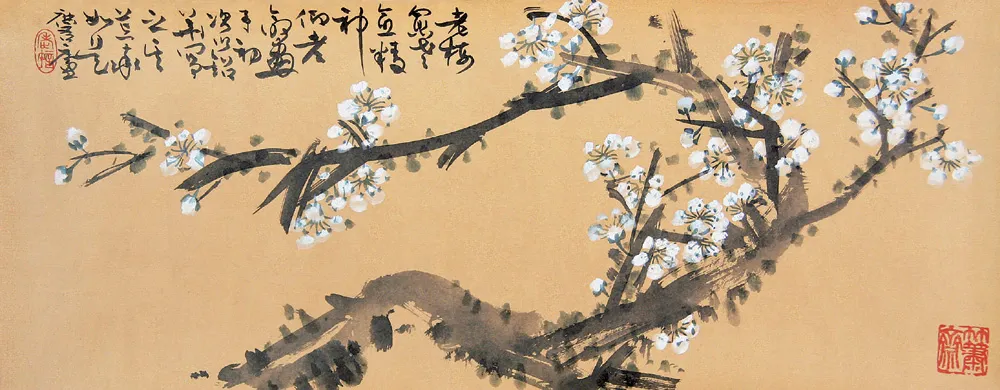



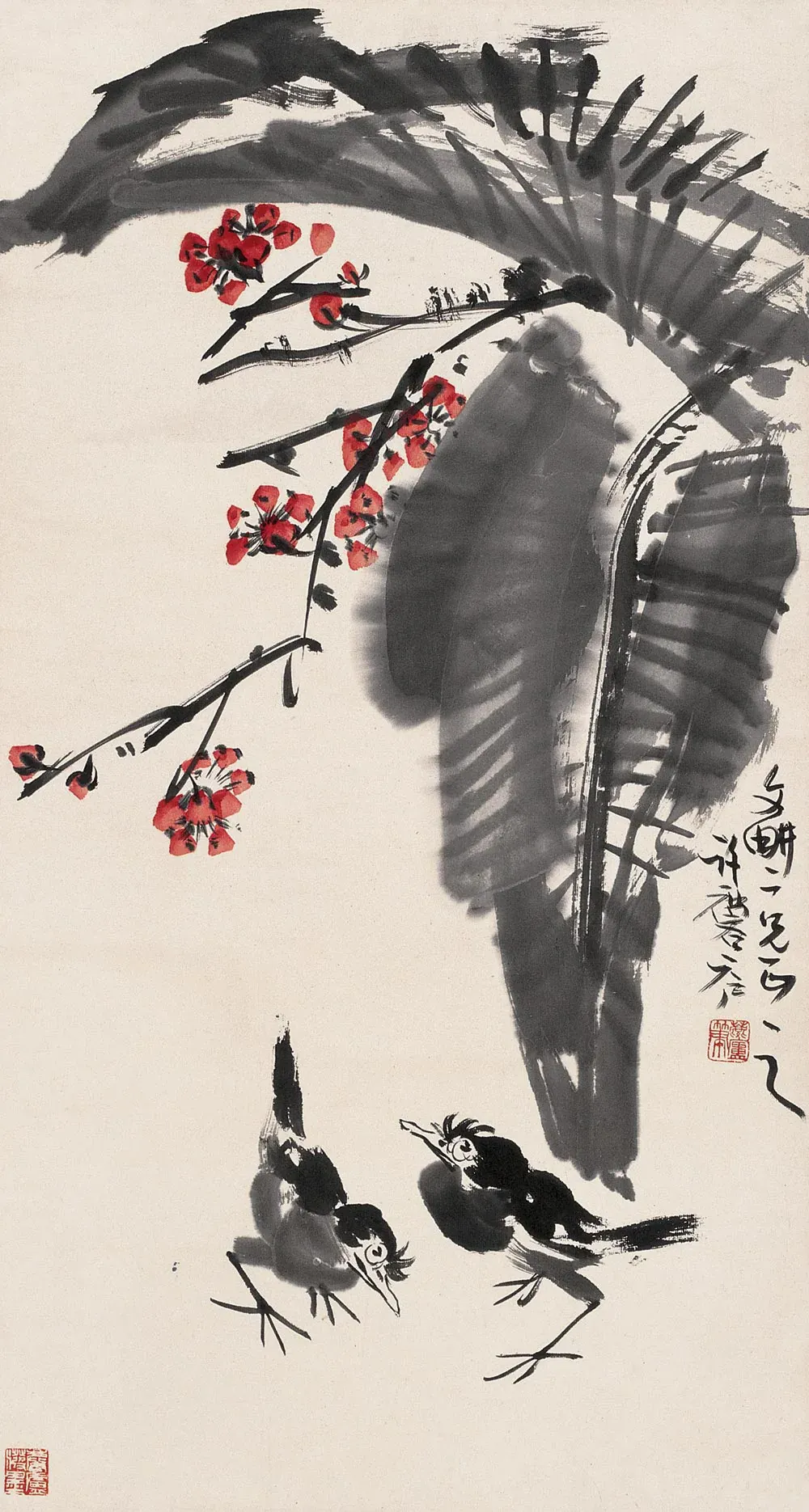
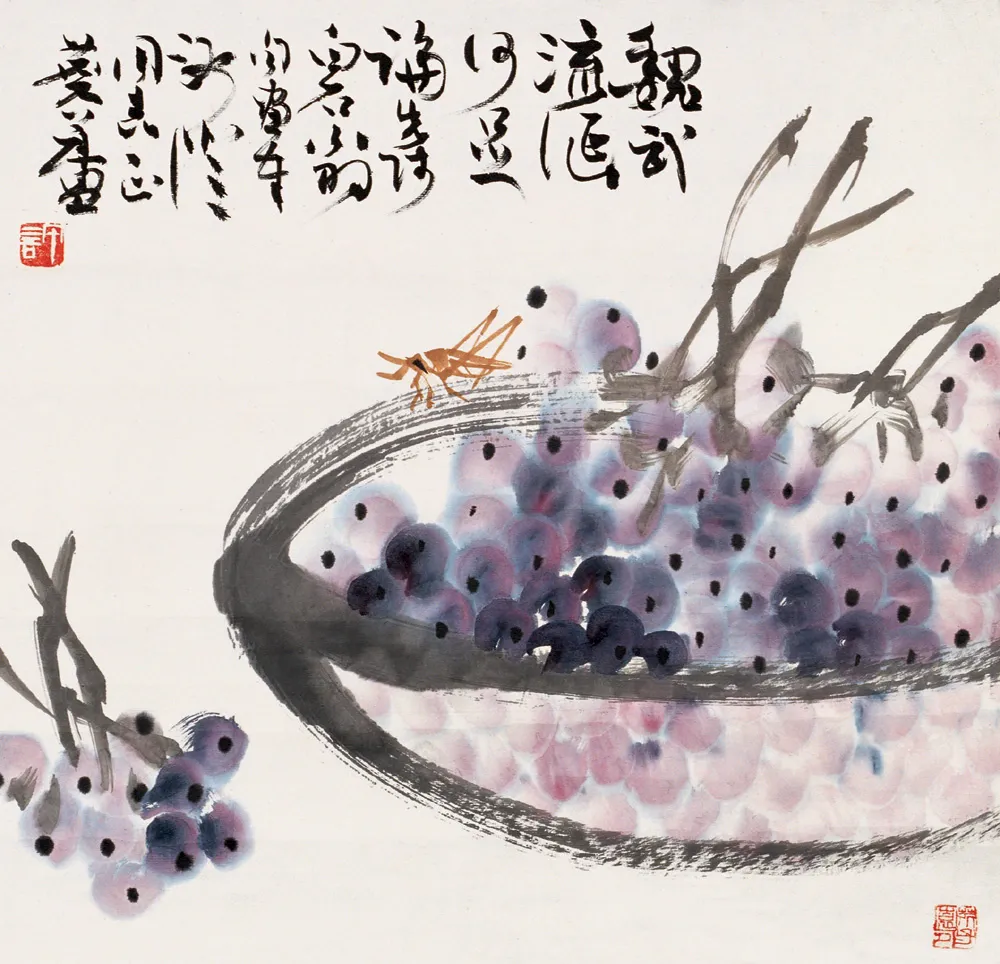

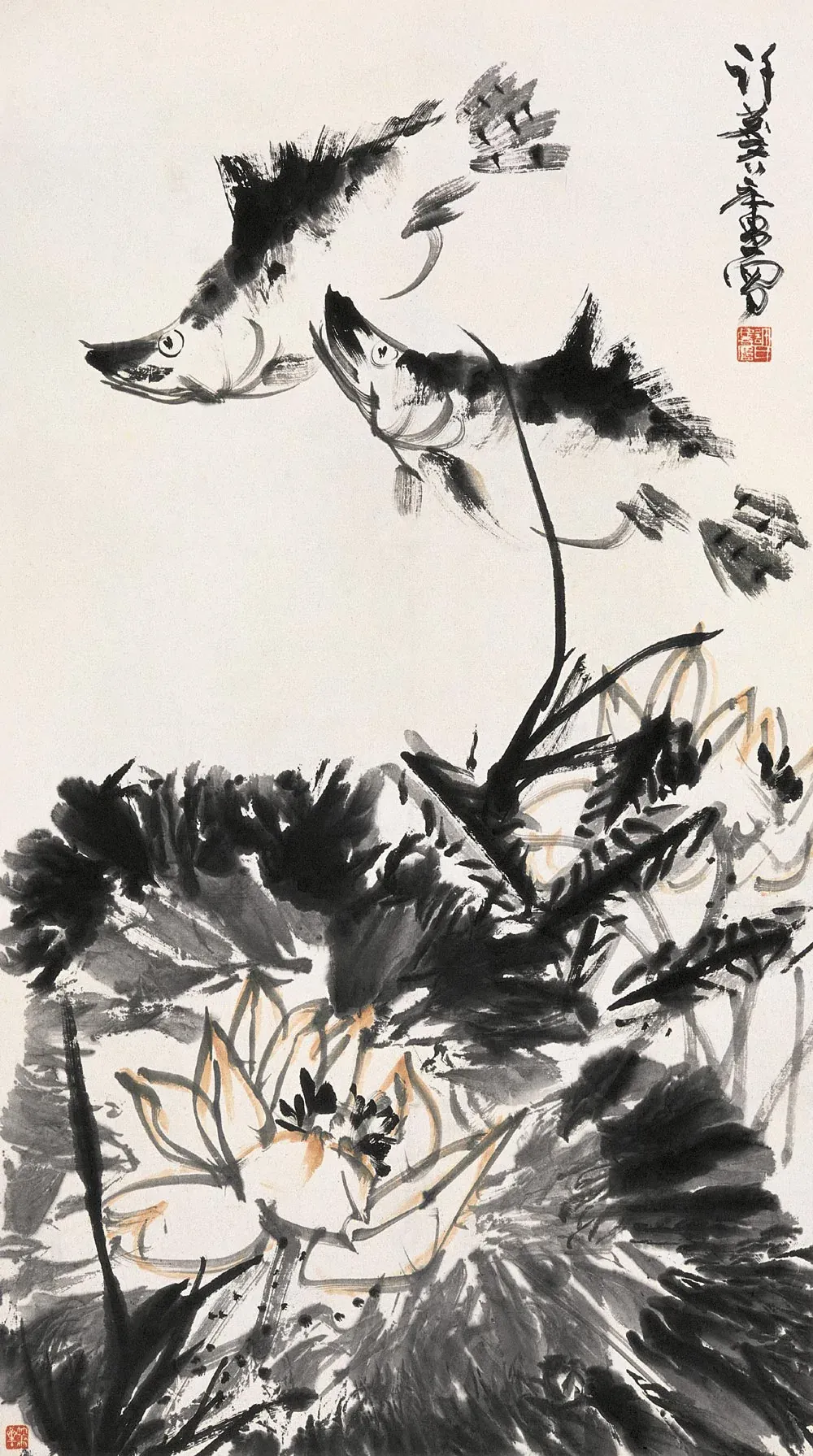
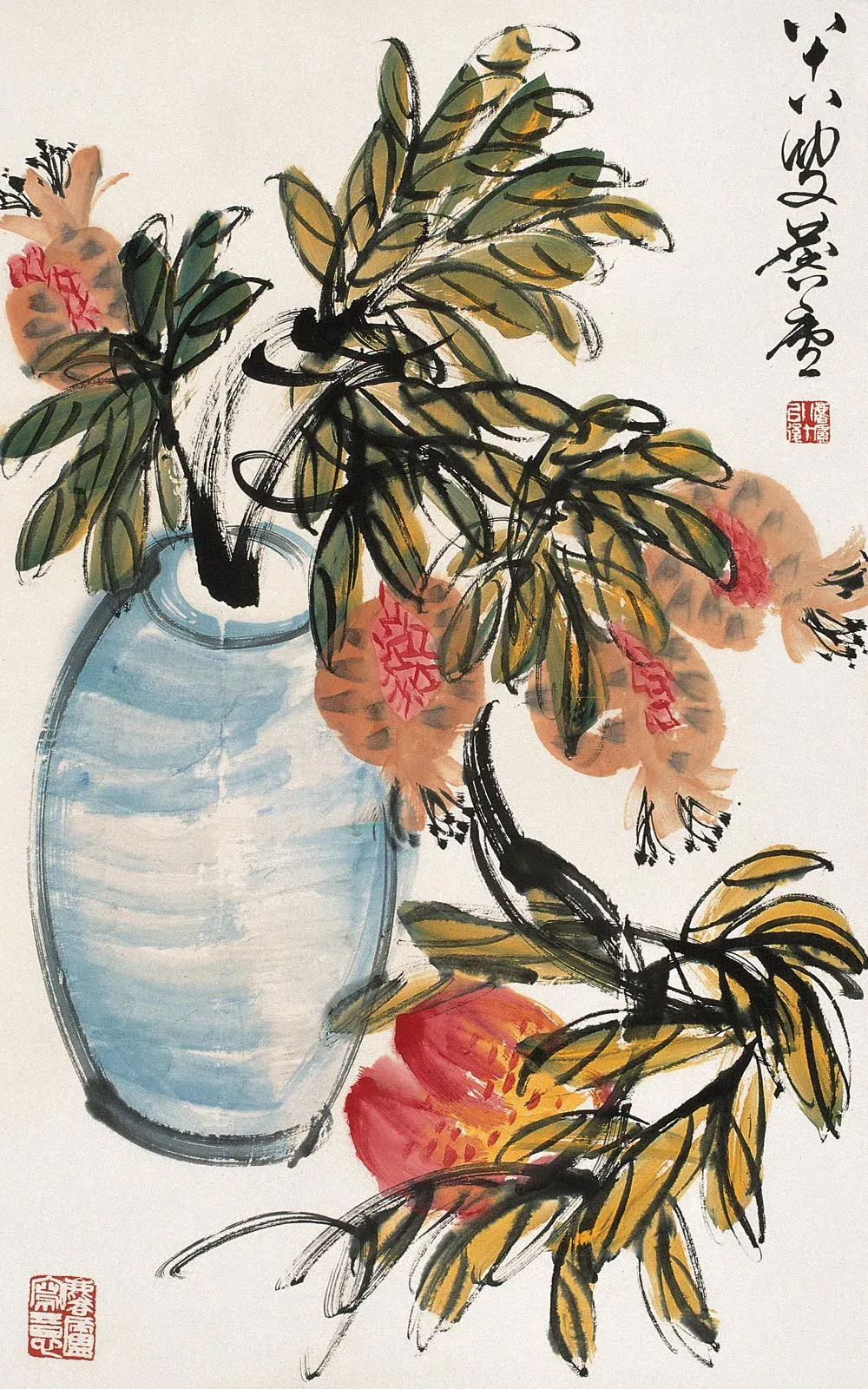
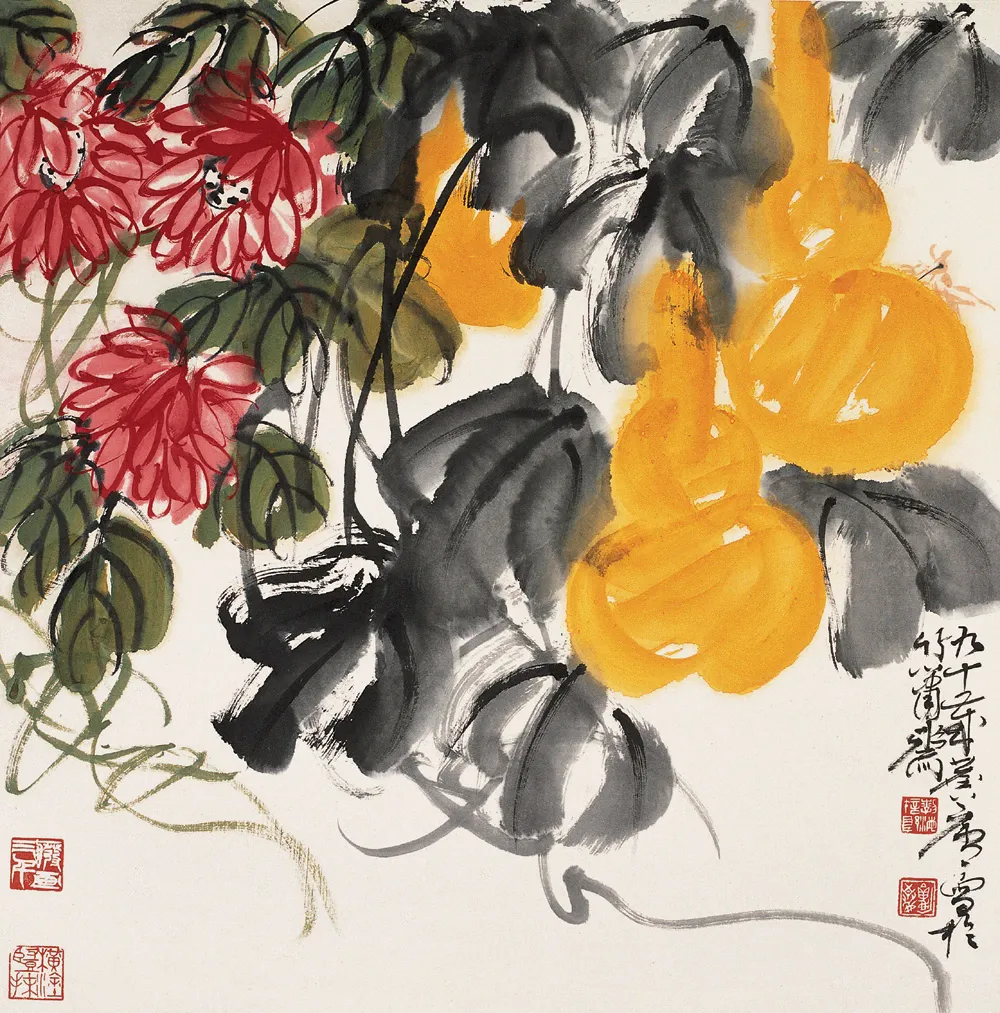

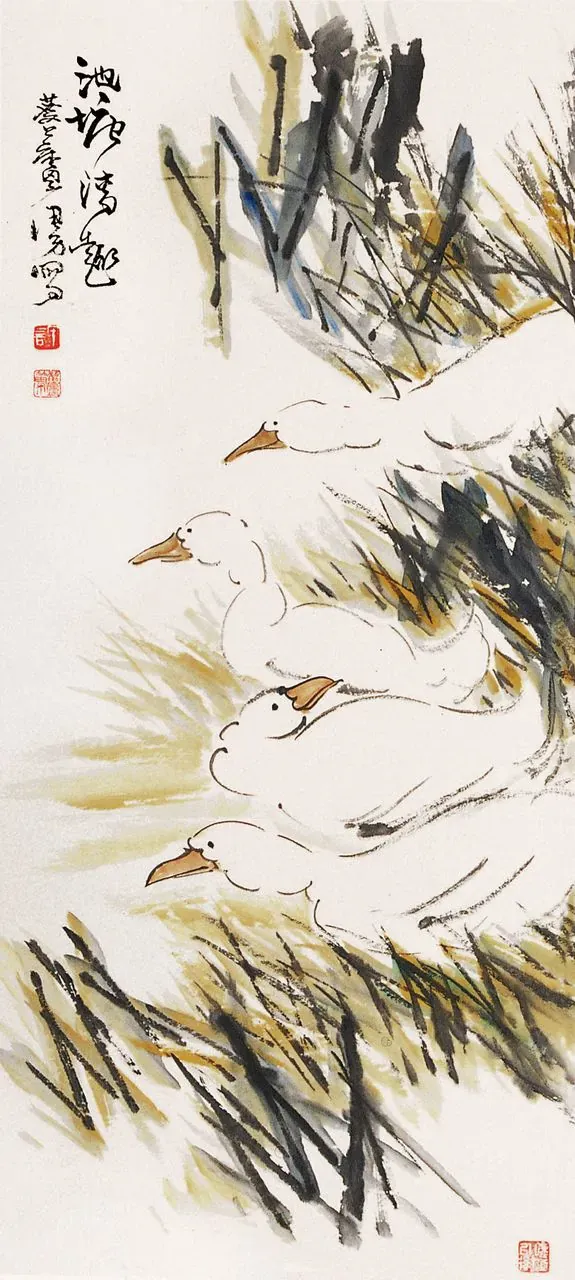
许麟庐善观生活,笔下常景,雅俗共赏,境界高远。墨色对比强烈,画面生动。主张继承传统,博采众长,发展创新。铭记白石教诲:“学我者生,似我者亡”,重人品:“人无豪气,画无豪气”,倡“寻门入,破门出”。苦学自创,成齐派杰出继承者,白石称“启予者,麟庐也”。得齐派写神之窍,笔墨传情,激情作画,成独特风格。
许麟庐作画,一气呵成,笔力遒劲,神形兼备。大幅小品,花鸟鱼虫,貌似随意,实则法度严谨。浓淡干湿,疏密互济,妙趣横生。许氏人品高洁,画风大气磅礴,花草亦刚劲有力。博览名作,吸收石涛、朱耷、扬州八家、赵之谦、吴昌硕笔法,融民间艺术与戏曲于一体。孜孜不倦,独树一帜,独领画坛。
辛卯年六月初十,许麟庐辞世。其作其德于世常青。
Xu Linlu excelled at observing life, often depicting everyday scenes with a blend of elegance and common appeal, reaching lofty artistic heights. His use of ink featured strong contrasts and vibrant compositions. He advocated for the inheritance of tradition, the absorption of diverse influences, and the pursuit of innovation. Remembering Qi Baishi’s teachings, "Those who learn from me thrive; those who imitate me perish," and emphasizing character, "Without grandeur of spirit, there is no grandeur in art," he promoted "Entering through the door and exiting beyond it." Through diligent study and creativity, he became an outstanding successor of the Qi School, praised by Qi Baishi as "the one who enlightens me, Linlu." Mastering the essence of Qi's spirit-capturing techniques, he expressed emotions through his brushwork, painting with passion and developing a unique style.
Xu Linlu's painting process was seamless and vigorous, achieving both form and spirit. His works, whether large pieces or small sketches of flowers, birds, and insects, appeared spontaneous but were underpinned by strict discipline. His use of light and dark, wet and dry, dense and sparse, was skillful and enchanting. With a noble character, Xu's art exuded grandeur, even in depictions of simple flora, which conveyed strength and vigor. He studied historical masterpieces, incorporating the techniques of Shitao, Zhu Da, the Eight Eccentrics of Yangzhou, Zhao Zhiqian, and Wu Changshuo, blending folk art and theatrical elements into his own creations. Tirelessly dedicated, he carved out a unique path, leading the contemporary art scene.
On the tenth day of the sixth month in the year of Xinyou, Xu Linlu passed away. His works and virtues remain evergreen in the world.
责任编辑:苗君
